Issue 46: Farming the Sun – Community Perceptions in the Us and Africa
Land Use and Land Access
Context: Development and installation of a solar farm takes (often significant) quantities of land out of their previous use: in the case of the projects highlighted here, out of agricultural use. As solar farms are fenced off for the safety and security of both equipment and community, both use of and access to the land are restricted throughout the construction and operation period.
 Recommendations: To minimize opposition, developers should evaluate all of the ways that local communities use and value the land on which a project is sited, not just the perspectives of landowners themselves. This consideration should account for not just permanent uses, but also site access, temporary use, and “illegal” or unofficial use, which may require an expanded engagement program. Such an evaluation should be participatory and directly include members of local communities.
Recommendations: To minimize opposition, developers should evaluate all of the ways that local communities use and value the land on which a project is sited, not just the perspectives of landowners themselves. This consideration should account for not just permanent uses, but also site access, temporary use, and “illegal” or unofficial use, which may require an expanded engagement program. Such an evaluation should be participatory and directly include members of local communities.
Land Tenure, Ownership, and “Ownership”
Context: Worldwide, project developers must secure use of and access to land for their projects. This typically involves purchase or lease of land from the entity who controls it – in other words, the developer provides compensation for use of the land. However, in some operating environments, the stakeholders who have interest in the land and type of interest they have, as well as the enforceability of that interest, can vary dramatically.
 Bonus – Mexico Dynamics and Perceptions: The solar development site was privately held, but also part of a traditional ejido where ejiditarios retain collective use rights to land. Project developers had to negotiate with ejiditarios on compensation for land use, while simultaneously working to gain necessary approvals from the titled landowner and local officials.
Bonus – Mexico Dynamics and Perceptions: The solar development site was privately held, but also part of a traditional ejido where ejiditarios retain collective use rights to land. Project developers had to negotiate with ejiditarios on compensation for land use, while simultaneously working to gain necessary approvals from the titled landowner and local officials.
Recommendations: Developers should consider that land may be of significant value to community members who are not the legal landowner, and that monetary compensation for land access may not be sufficient to successfully develop a project within the local legal, cultural, or community context. “Mapping” land rights – including beyond legal holdings – is important, and often benefits from stakeholder input.
Community Economic Benefits
Context: Developers, wishing to portray their projects in the best light and generate local support, often promote the economic benefits their projects will provide to communities through job creation, tax revenue, and/or lease payments to landowners.
 Recommendations: Economic benefits are a near-universal source of interest for project host communities, but developers must be sure to be realistic as they calculate and communicate what benefits landowners and communities can expect. Developers should be transparent about the number of permanent jobs a project will create, whether the jobs will go to locals, and how long temporary jobs will last.
Recommendations: Economic benefits are a near-universal source of interest for project host communities, but developers must be sure to be realistic as they calculate and communicate what benefits landowners and communities can expect. Developers should be transparent about the number of permanent jobs a project will create, whether the jobs will go to locals, and how long temporary jobs will last.
Community Impacts
Context: Apart from anticipation of project-related benefits, community stakeholders are often concerned about the negative impacts of the project. In our experience, some perceived impacts are near-universal, while others are more specific to the environment in which the project is located.
 Bonus – Honduras and Philippines Dynamics and Perceptions: Communities were concerned about the (perceived) impacts of altered drainage and runoff on already-strained local infrastructure (roads and drainage) and the upgrades required to mitigate these concerns.
Bonus – Honduras and Philippines Dynamics and Perceptions: Communities were concerned about the (perceived) impacts of altered drainage and runoff on already-strained local infrastructure (roads and drainage) and the upgrades required to mitigate these concerns.
Recommendations: Project developers often have an understanding of significant project-related impacts, and appropriate mitigations. However, these should be considered and applied within the context of the local culture and political and social values, as they often shape community perceptions of issues. Additionally, developers should consider the history of similar developments in the region and apply lessons learned about successful mitigations.
Power Generation and End Use
Context: Solar farms are constructed in response to a power need somewhere and are sited in a location with sufficient land and transmission infrastructure. However, these locations may not be the same, and end users of commercial/utility-scale power are often far from the site of the solar farm and its direct impacts.
 Recommendations: Project developers should be transparent in communicating who the “end user” of the power will be at the outset of the project. One means of accomplishing this is to educate host communities in power markets and electricity distribution through community events or workshops.
Recommendations: Project developers should be transparent in communicating who the “end user” of the power will be at the outset of the project. One means of accomplishing this is to educate host communities in power markets and electricity distribution through community events or workshops.
News & Notes

Acorn International
1702 Taylor St, Suite 200B
Houston, TX 77007, USA
1213 Purchase St
New Bedford, MA 02740, USA
